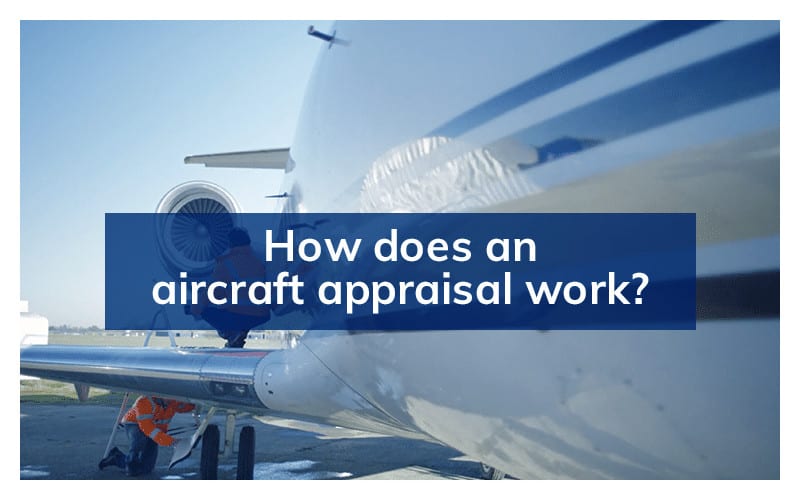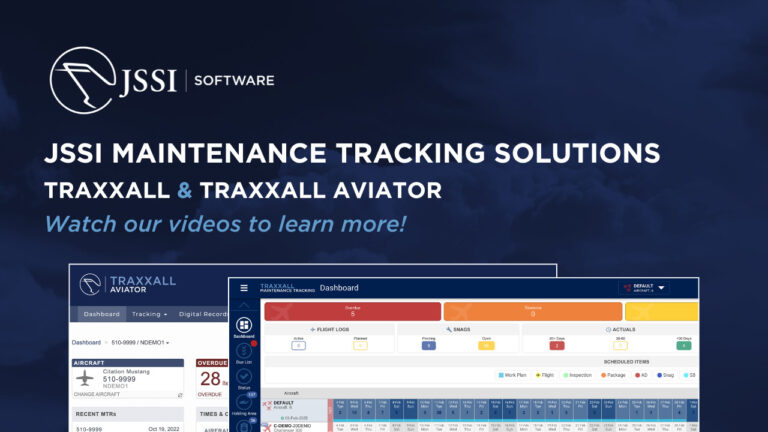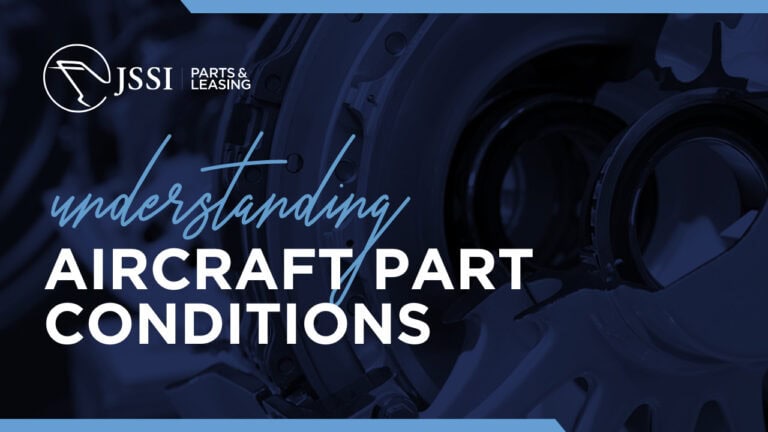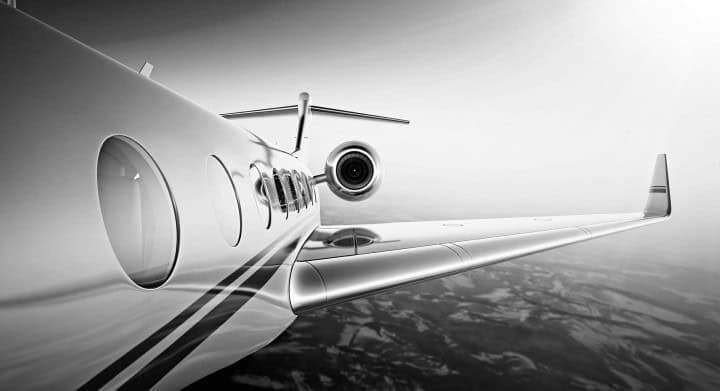Determine the Value of Your Aircraft with Help from JSSI
During the purchase process of a private jet, turboprop, helicopter or piston aircraft, you’ll need to complete an appraisal to determine its value. This not only determines the worth of the aircraft, but it also is a requirement for securing financing. Ongoing appraisals are also important throughout the duration of your private jet ownership, for a variety of reasons.
What is an aircraft appraisal?
The American Society of Appraisers (ASA), the governing body for appraisal accreditation, defines the appraisal process as “an unbiased, third-party opinion of value.” Many industries utilize the process, and business aviation is no different. For example, you may have encountered an appraisal while securing your home mortgage.
When you own and operate an aircraft, you may need to keep a finger on the pulse of your asset’s current value for tax and depreciation purposes. Appraisals also are important if you wish to refinance or sell your jet, turboprop, or helicopter. Aircraft appraisals are often a required condition from many lenders and lessors prior to entering a financial transaction.
Determining the value of your business jet
The first point of reference for any airplane appraisal is to look at the aircraft’s age. Then your appraiser will look at the condition and stage of its paintwork and interior, current flight hours and landings, and the installed equipment.
An appraiser will review the aircraft’s maintenance records, looking for damage history, incidents, and any significant repairs or alterations that might affect the market value of the aircraft.
The standard approach for an aircraft appraisal is to compare recent sales of comparable aircraft to establish the subject asset’s current market value. Adjustments to the proposed worth of the aircraft are based on the factors investigated, such as age, total flight hours, maintenance program enrollment, and installed equipment. These items may add or deduct value.
Desktop or on-site aircraft appraisal?
Appraisals can be conducted on site, with the aircraft in front of the appraiser, or virtually. The primary difference between a desktop aircraft appraisal and on-site appraisal is a desktop appraisal is an abbreviated analysis performed without a physical inspection of the aircraft, and without access to a detailed review of its records.
For a desktop jet appraisal, the client furnishes the data specific to the aircraft for valuation, which the appraiser reviews. This “sight unseen” service provides a less costly appraisal option with a shorter turnaround time. It can help secure an accurate aircraft valuation anywhere in the world.
An inspector performs a physical on-site inspection and compiles and reviews all maintenance and aircraft records, photographs the exterior and interior conditions of the aircraft, and profiles a task checklist.
The appraiser compiles research for the aircraft, reviews all data, records, and information provided by the Inspector, verifies that information, and prepares the appraisal based on the conditions reported for the interior, exterior, installed equipment, and many other factors such as significant incidents or repairs, irregularities, improper preservation, or incomplete and inaccurate records. All of these may affect value.
Aircraft appraisal timeline
The appraisal process begins when the purpose of the aircraft appraisal is identified, and it is complete when the appraiser reports their conclusions to the client. The time it takes will depend on whether the asset is a business jet, turboprop or helicopter, and whether it is available for an in-person or desktop aircraft appraisal.
Typically, a full on-site appraisal takes about 10 days. The appraiser carries out research, collects the data, and presents it in a report. The report includes a clearly stated reason for the valuation, plus an explanation for the determination. ASA-accredited appraisers will ensure each report conforms to ASA requirements as well as the nationally recognized standards of the Uniform Standards of Professional Appraisal Practice (USPAP).
Choosing your aircraft appraiser
Securing references from potential appraisers is one of the most important things you can do. Not all individuals working as appraisers are recognized by financial institutions or government agencies. Some experts may be qualified for assessing the value of airline passenger jets, rather than business aviation aircraft, so it is key to ensure your chosen appraiser is qualified to perform the appraisal for the scope of work that you need. Working with an appraiser that is accredited by an organization such as the ASA can help you avoid complications further down the road.
Why consider JSSI?
As an independent aircraft appraisal company with a global footprint, JSSI Advisory Services is uniquely positioned to provide our clients with consistent, professional, and cost-effective appraisals for virtually every make and model of business jet, turboprop, and helicopter.
With more than 70 certified technical advisors, our appraisal team has decades of combined expertise and can take on any size appraisal for a diverse range of aircraft and engine makes and models, including Beechcraft, Bombardier, Cessna, Embraer, Falcon, Gulfstream, GE, Honeywell, Pratt & Whitney Canada, Rolls-Royce, and many more OEMs.
JSSI has one of the largest teams of ASA-accredited appraisers on staff in the industry. Every appraisal is also powered by Conklin & de Decker, a JSSI company and the leader in aircraft cost comparison data, to ensure your aircraft’s value is accurately determined.
JSSI is ready to support your appraisal needs. Contact us to start the appraisal process with ASA-accredited appraisers today.







